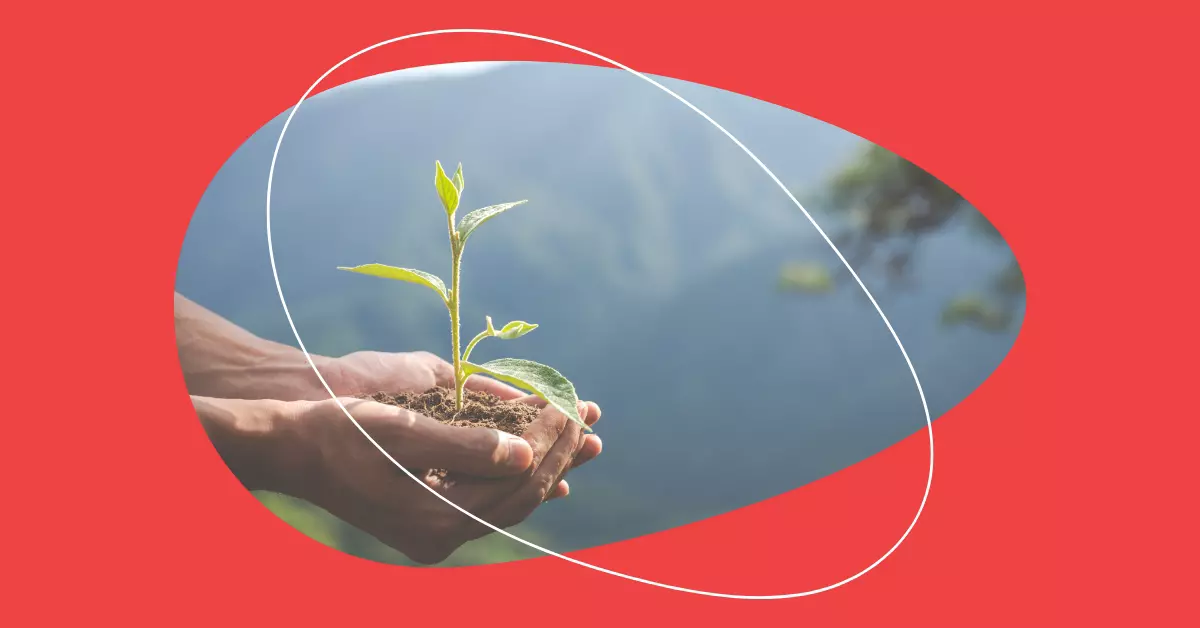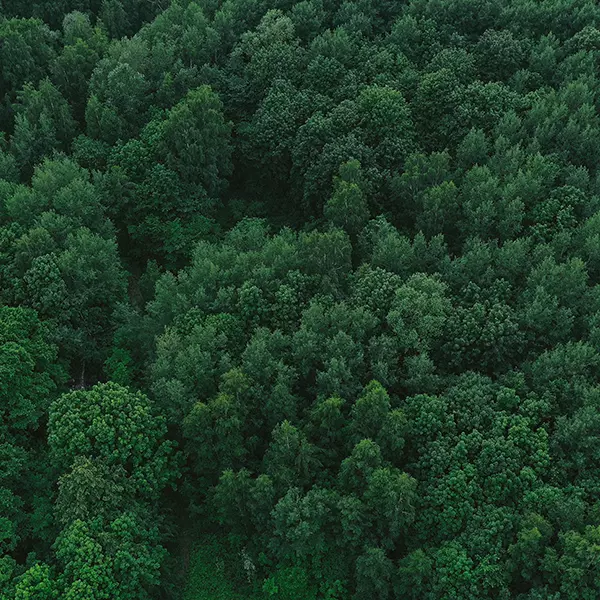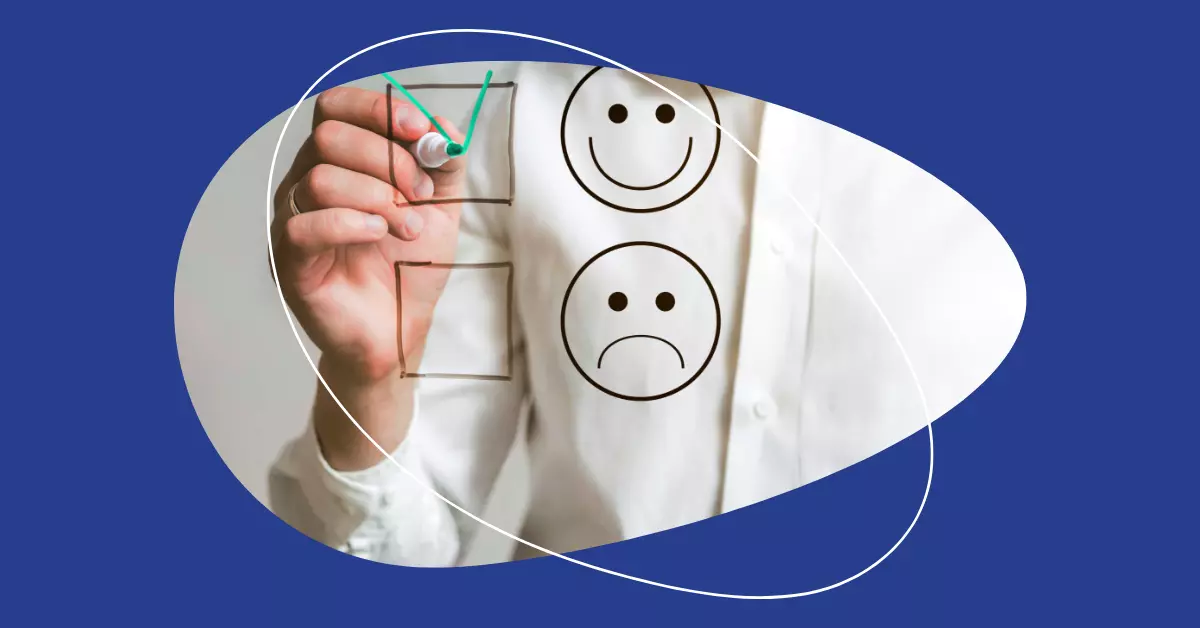Why are Bamboo Fiber Socks Environmentally Friendly

Table of Contents
Introduction to bamboo fiber socks
Bamboo is a naturally occurring, versatile resource and is used for things like cooking, furniture, textiles, and medicine. Socks made from strands of bamboo fibers tightly woven together are called bamboo fiber socks.
Bamboo fiber is a soft fabric that has become an alternative to other sock materials. Apart from its benefits to the consumer, it is more environmentally friendly and sustainable than other sock fibers that are available in the market.
Benefits of bamboo fiber socks
-
Freshness: Socks made from bamboo fiber have microscopic holes that provide excellent ventilation. Bamboo fiber socks absorb moisture quickly, keeping your feet feeling fresh and dry for longer periods.
-
Thermoregulatory: Bamboo fiber socks have insulating properties that help in keeping the feet warm during cold days. In warm weather, they absorb the sweat, maintaining the temperature of feet.
-
Antibacterial: Bamboo fiber socks have antibacterial properties that prevent the growth of fungus on our toes and nails. This reduces the chances of fungal infections on the feet.
-
Hypoallergenic: Bamboo fiber is hypoallergenic. Hence, bamboo fiber socks are a good option for people who have sensitive skin or suffer from skin allergies.
-
Super comfortable for men, women, children, and old people: Perhaps the best and the most important benefit of bamboo fiber socks is that everybody can wear them. These socks are most comfortable and soft for men, women, especially older adults, and young children. They have cushioned soles that keep the feet comfortable. Their super-soft fabric reduces the friction between feet and shoes, thus preventing blisters.
Reasons why bamboo fiber socks are environmentally friendly

Welcome to the big picture.
-
Biodegradable: Bamboo fiber is 100 % natural and biodegradable, and easy to recycle.
-
Easy to Grow: Bamboo fiber doesn't require heavy machinery or a huge amount of water for cultivation.
-
Fast-growing grass: Bamboo is among the fastest-growing plants. It can be harvested in 3–5 years. So even if bamboo fiber socks are in high demand, the plant will replenish itself fast enough. This can reduce deforestation.
-
Bamboo Kun: Bamboo kun is the natural antibacterial property of bamboo grass. It gives the ability to bamboo to fight pests, bugs, and bacteria naturally. This makes bamboo fiber socks antibacterial in nature. It helps prevent bacterial fungal infections on toes and nails.
-
Great alternative to Cotton: Unlike cotton, bamboo fiber doesn't require chemicals like pesticides and insecticides that harm our environment.
Other fibers and their environmental impact
There are many kinds of socks fabrics available in the market. Some of these are used in combination with other fabrics to improve the socks' quality.
-
Cotton: Cotton socks are highly popular. They can be worn in summers and winters alike and offer a wide variety of design and color options to consumers. However, cotton cultivation requires large amounts of pesticides, fertilizers, and water.
-
Wool: A favorite choice for cold weather, wool is mostly used for its insulating properties. However, wool has a disastrous impact on the environment. Sheep farming and wool require an enormous amount of resources, and their processing corrodes soil and pollutes water and air.
-
Nylon: Nylon is a synthetic fabric that is mostly combined with other fabrics to provide stretch. The production of nylon creates nitrous oxide (a gas that is 300 times more harmful than carbon dioxide) and consumes a large amount of water (used for cooling the fabric), and the factories that make nylon create high amounts of air pollution. Furthermore, nylon isn't biodegradable.
-
Polyester: Like Nylon, polyester is a synthetic material and is often combined with other fabrics to provide stretch and durability. Polyester-producing factories release dangerous substances like cobalt, sodium bromide, and titanium dioxide to the environment. It is an oil-based plastic and doesn't biodegrade like natural fibers.
-
Silk: One of the most valued materials in the market, silk is generally used for giving an item a luxurious look and feel. Mostly used for upholstery, bedding, and clothing, it is admired for its shine, softness, resilience, and strength.
Sericultural practices now involved boiling silkworm cocoons with the silkworms still inside them. This requires large quantities of firewood and contributes to air pollution, while the dyeing and reeling process contributes to a heavy amount of water pollution.
-
Cashmere: Cashmere is a type of fiber made from cashmere goats and has been used for making fabric and yarns for many centuries. Cashmere socks help keep the feet warm in extreme cold. However, goats have also been known to cause problems in grasslands where they graze. Their grazing has also affected the hydrology of the regions.
-
Polypropylene: Polypropylene is a type of plastic fiber that is durable and resistant to wear and tear. It is used in textiles to increase the durability of the product. But manufacturing polypropylene means using fossil fuels. Furthermore, the socks are non-biodegradable, release massive greenhouse gases, and contribute to water pollution.
Conclusion
Bamboo fiber socks are environmentally friendly and sustainable in nature. Apart from preventing infections and blisters, bamboo fiber socks are surely less harmful to the environment.
Compared to other socks that are available in the market, bamboo fiber socks are considered a more sustainable and ethical choice. Their durability and silk-like softness also mean that they can be used by people of all ages.
If you're considering jumping on the bamboo sock bandwagon, check out these socks! here.








